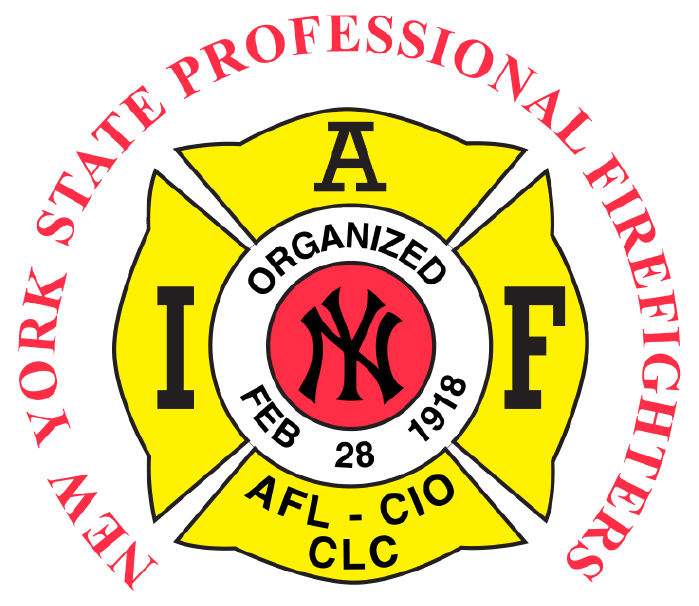The followuing information was originally published by the Centers for Disease Control and Prevention.
Standard, contact, and droplet precautions are recommended for management of hospitalized patients with known or suspected Ebola hemorrhagic fever (Ebola HF), also referred to as Ebola Viral Disease (EVD) (See Table below). Note that this guidance outlines only those measures that are specific for Ebola HF; additional infection control measures might be warranted if an Ebola HF patient has other conditions or illnesses for which other measures are indicated (e.g., tuberculosis, multi-drug resistant organisms, etc.).
Though these recommendations focus on the hospital setting, the recommendations for personal protective equipment (PPE) and environmental infection control measures are applicable to any healthcare setting. In this guidance healthcare personnel (HCP) refers all persons, paid and unpaid, working in healthcare settings who have the potential for exposure to patients and/or to infectious materials, including body substances, contaminated medical supplies and equipment, contaminated environmental surfaces, or aerosols generated during certain medical procedures. HCP include, but are not limited to, physicians, nurses, nursing assistants, therapists, technicians, emergency medical service personnel, dental personnel, pharmacists, laboratory personnel, autopsy personnel, students and trainees, contractual personnel, home healthcare personnel, and persons not directly involved in patient care (e.g., clerical, dietary, house-keeping, laundry, security, maintenance, billing, chaplains, and volunteers) but potentially exposed to infectious agents that can be transmitted to and from HCP and patients. This guidance is not intended to apply to persons outside of healthcare settings.
As information becomes available, these recommendations will be re-evaluated and updated as needed. These recommendations are based upon available information (as of July 30, 2014) and the following considerations:
- High rate of morbidity and mortality among infected patients
- Risk of human-to-human transmission
- Lack of FDA-approved vaccine and therapeutics
For full details of standard, contact, and droplet precautions see 2007 Guideline for Isolation Precautions: Preventing Transmission of Infectious Agents in Healthcare Setting.
